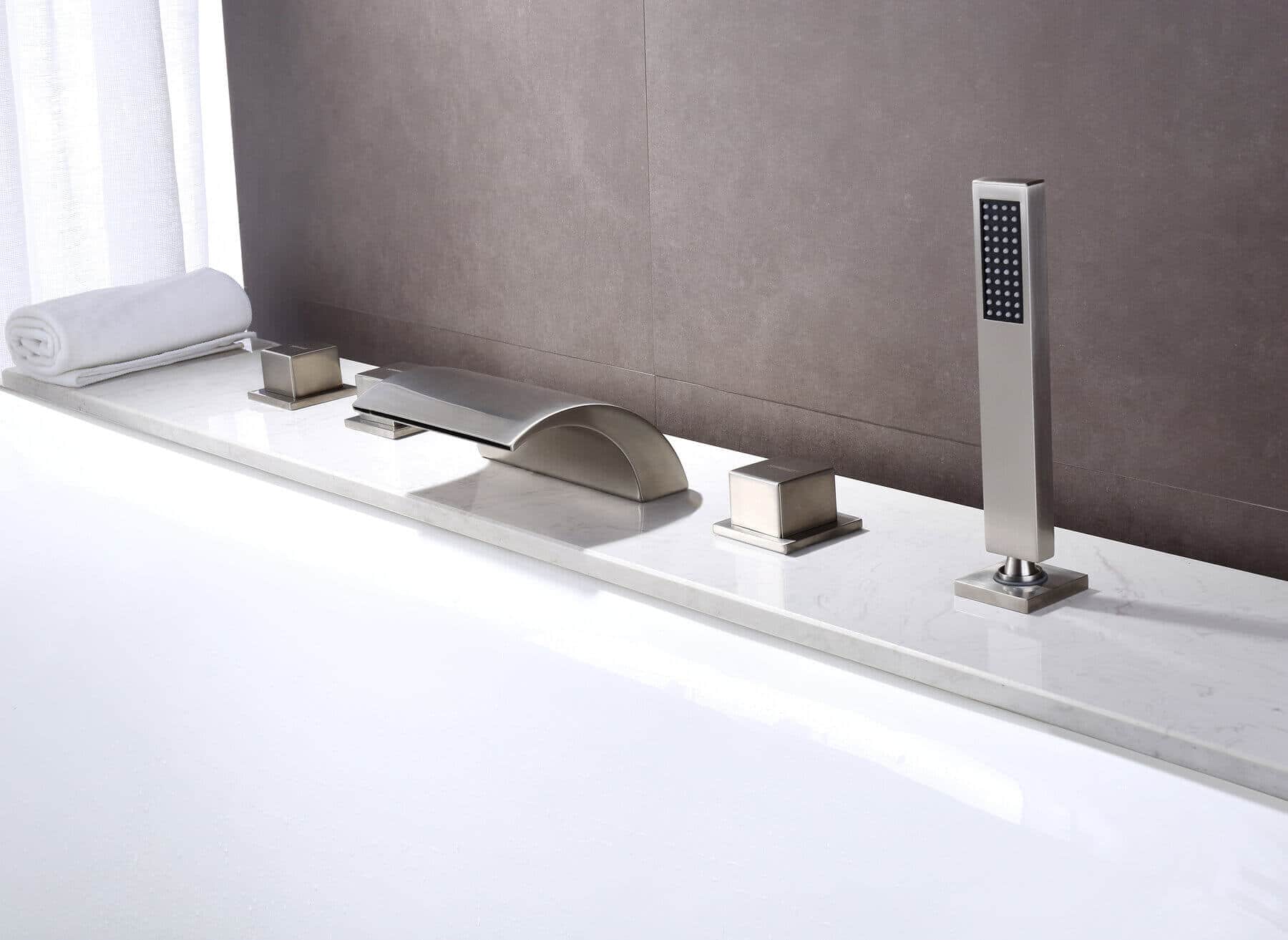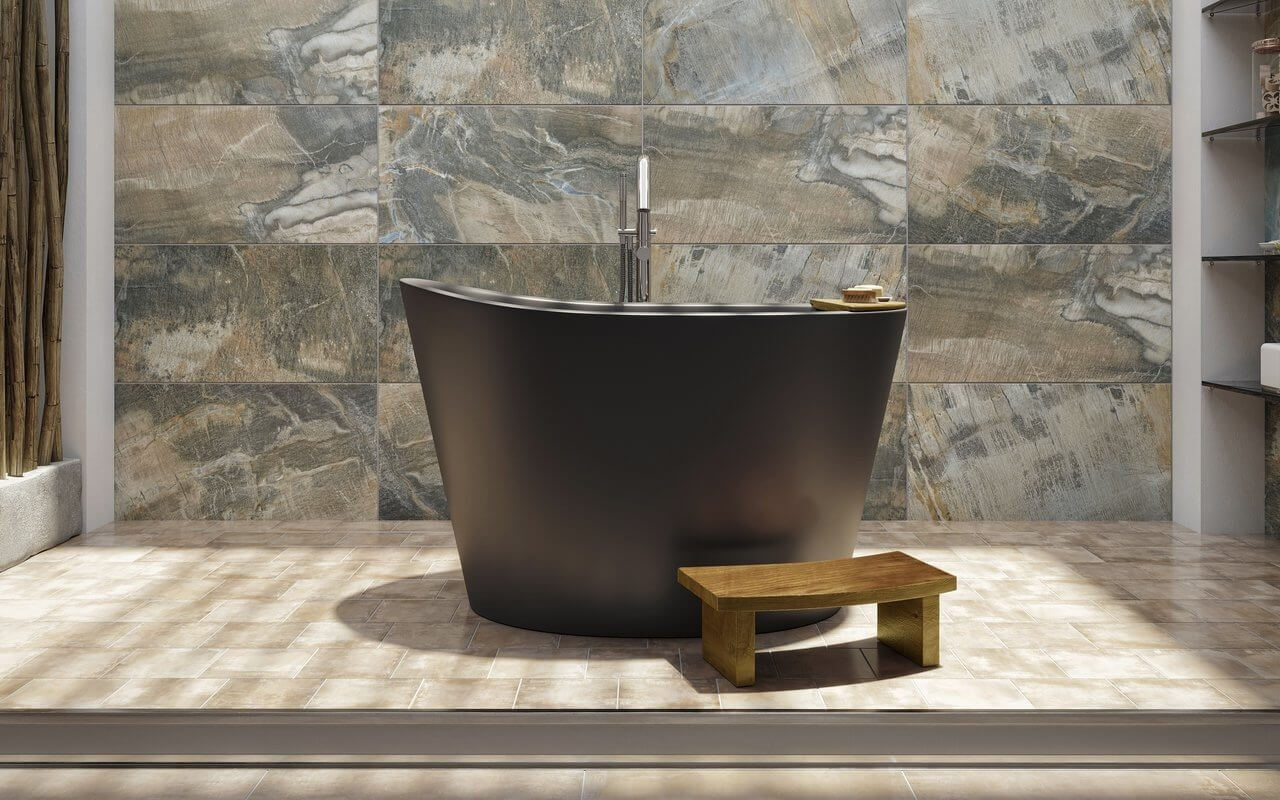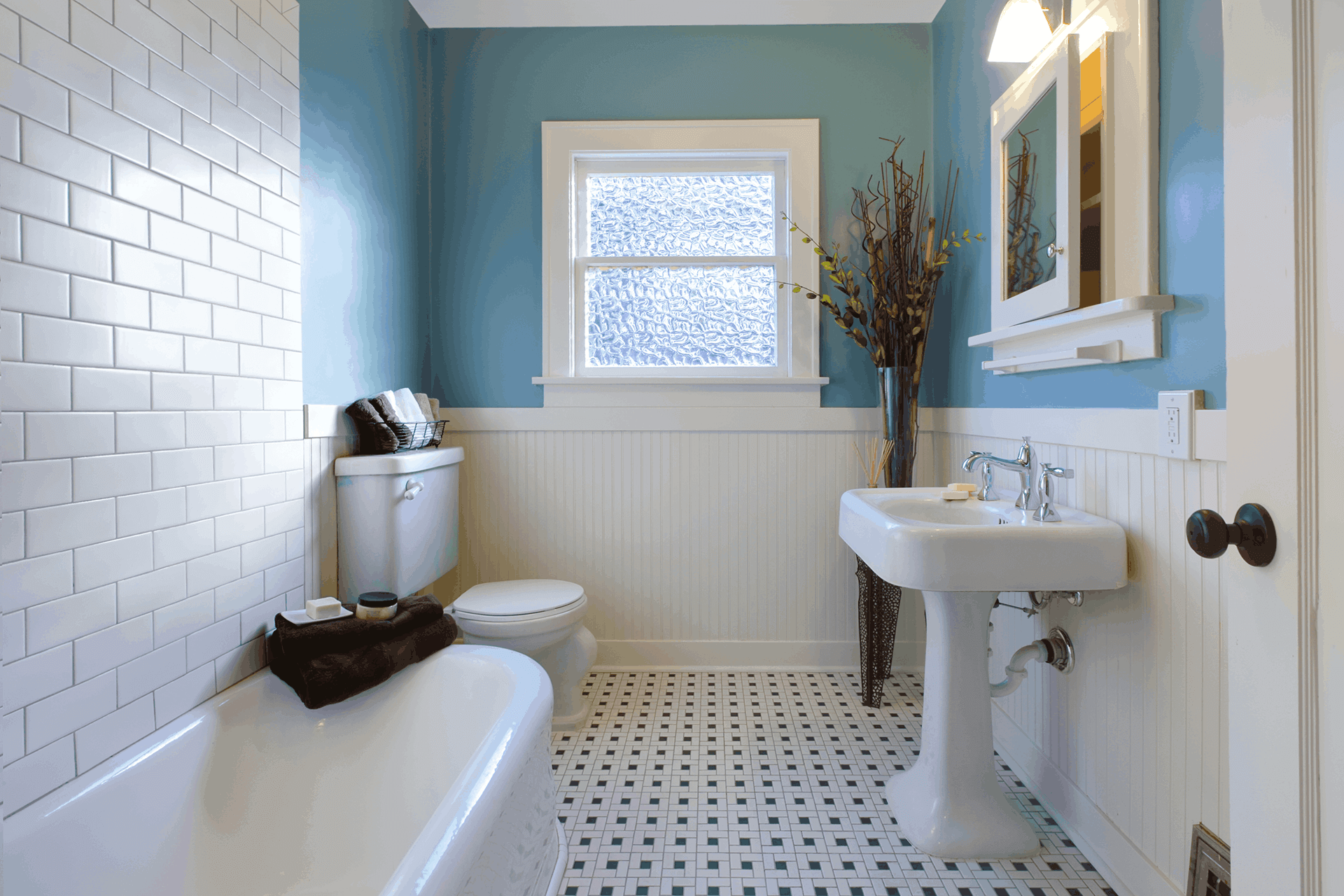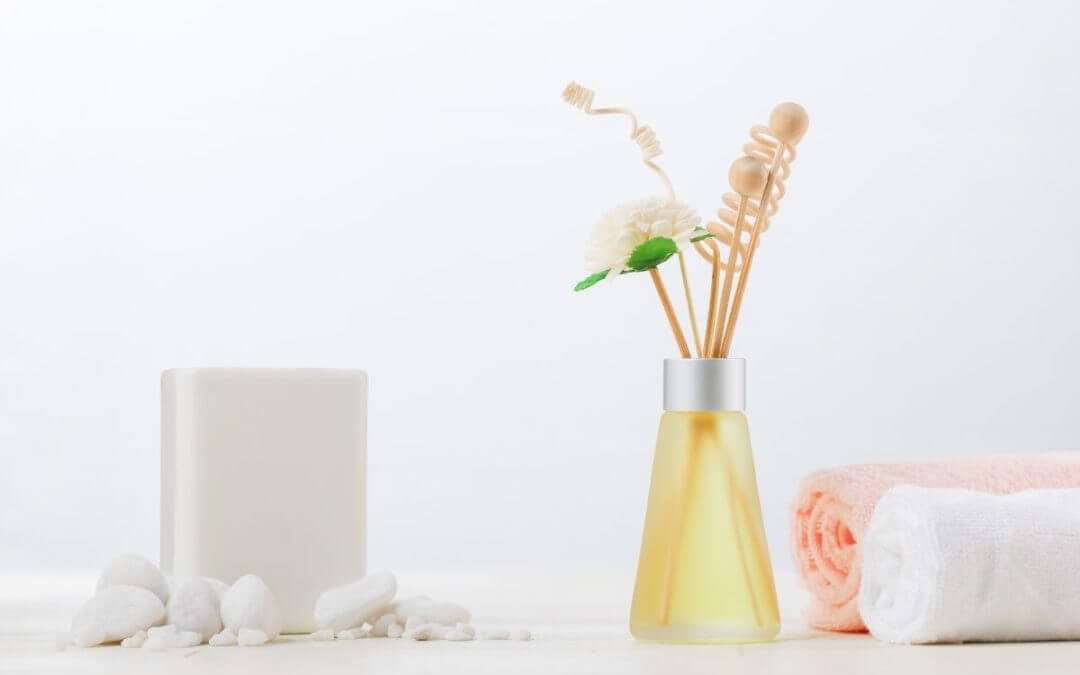Tub Faucets
Transform Your Bathing Space With Style and Grace
Tub faucets are among the many bath fixtures that are a vital part of your bathroom environment. This is primarily due to the fact that these fixtures don’t merely deliver water to bathtubs, they also help the bath function at its best as well as add a whole new level of style and grace.
While there may be many bathtub fixtures and faucets to choose from, it is important to point out that in any washroom renovation project, tub faucets should be chosen to create a certain balance between functionality and having a beautiful bathing space.
As a first time renovator, try to avoid the newbie mistake of buying tub fixtures on price alone and don’t get confused when the question of functionality or esthetics is placed on the table.
When choosing shower tub faucets it’s a good choice to purchase a tub faucet with solid brass construction, corrosion-resistant finish and comes with ceramic disc valves, this way you are guaranteed your faucet will last a very long time and you won’t have to waste your money replacing it every couple of years.
The other problem that bath renovators face is the overwhelming variety of choice, to solve this problem just keep in mind that you must match the style of the tub faucet along with the material and finish to the design sensibility of your bath décor.
Read more: Installing Under-Floor Electric Radiant Heat
What Type of Bathing Vessel do I Have?
This is the first question that needs to be answered to choose the correct bathtub faucets during your home renovation project. You need to realize first and foremost that tub faucet fittings are chosen according to the type of tub that you have.
Some people make the mistake of choosing the bathtub fixtures first and then go tub hunting, but it should be the other way around. Once you know the type of tub you have or intend to buy then it will easy to choose the tub fittings that are needed by narrowing down the options you have.
To begin your quest for the perfect tub faucet, you must know about bathtub trends and the types of bathtubs that are available on the market, these include soaking tubs, built-in bathtubs, freestanding bathtubs, and special bathtubs.
Read more: Framing a Built-in Cabinet for Your Bath
Homeowners that have soaking tubs will have one of the following models: Greek bathtubs or Roman tubs. Alcove tubs and drop-in bathtubs on the other hand fall under built-in bathtubs, whereas, freestanding bathtubs include claw-foot bathtubs and pedestal bathtubs.
Whirlpool tubs and walk-in bathtubs (or tubs with doors) are special tubs that are used for specific purposes. All the bathtubs that have been mentioned require special tub faucets to ensure that water flow is sufficient and that functionality is guaranteed when tub faucet parts are installed.
What Features and Functionality do I Want?
Tub faucets have evolved over the years, thus flooding the market with many great options to have the perfect groom space. The elegance, beauty and finish of some tub fittings can be a bit distracting if a shopper does not know what he or she is looking for. To start with some questions to ask yourself when you are selecting tub faucets include:
1. What special features should these tub fixtures have to attend to the needs of my family, visitors to my personal needs? Do I want my tub faucet to be installed on the bathroom wall, hanging from the tub itself or rising from the floor beside the tub?
2. How easy will it be to hire a professional to install these tub faucets and will there be high maintenance costs associated these bathtub fixtures?
3. Does my current tub have existing holes that can make it easy to install my new tub faucets and fixtures?
4. How practical and esthetically appealing will my present bathroom look when these my new tub faucets are installed? What features are present in my lavatory and how can I complement them with the styles and designs that are on these tub fittings.
Read more: Sound Proofing Your Bathroom
5. If I decide to change my bathtub a few years from now, will I need to get new bathtub faucets again or can they be used with my new choice?
How Much Am I Willing to Pay for my New Taps?
High quality tub faucets do not come cheap. This, however, does not mean that the higher the price the higher the quality. If you find that the price tag is way above what you are can pay now, then it is best to wait a while until you can afford it than to buy cheap tub faucets.
Cheap tub faucets may save you extra now, but leaking, lack of functionality and constant repairs can really drill a hole in your pockets.
Which Finish Should I Choose?
Tub faucets can be found in brass, stainless steel, or chrome. The type of faucet finish you choose will be based on what you are willing to pay and also the balance you wish to create with your other bathroom fittings and fixtures.
Read more: Designing a Safe Bath for Your Children
Copper and gold tub faucets are also popular faucet finishes that are used to create opulence and style in your bathroom but remember that not all finishes and accessories have to match precisely in your bathroom; the main thing to take away is that they should complement each other where tub faucets are concerned, after all your tub faucets should make your bathroom as pleasant to look at as it is to use.









![[Wall Mounted Bathroom Fixtures] The Ultra Contemporary Trend of Wall Hung Fixtures](https://houserenotips.com/wp-content/uploads/2020/09/Wall-Hung-Sanitary-Fixtures-For-Small-Space-Conscious-Bathroom-Designs-homesthetics-3-1-1.jpg)
![DIY Grout Cleaners [Grout Cleaning Hacks]](https://houserenotips.com/wp-content/uploads/2020/09/Cleaning-Grout-from-Bren-Did-6-1.jpg)
